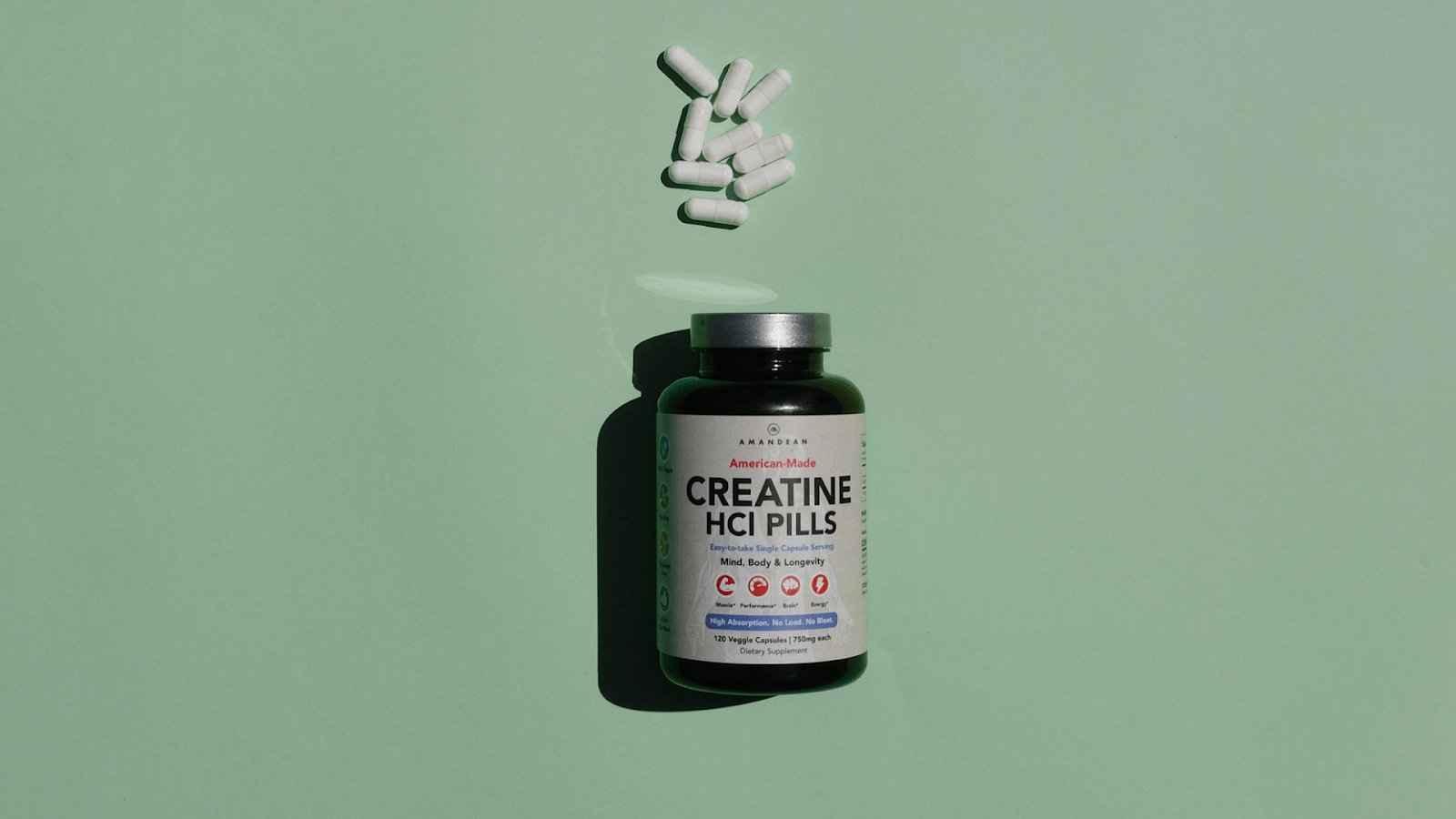Your Cart is Empty

January 18, 2021 10 min read
Despite all technological advances, we often gravitate towards our roots in many aspects of life. Even with all the modern appliances in your kitchen, do you still find yourself preparing some dishes just the way grandma used to, even if it’s more work? Or do you prefer to write and send out a holiday card instead of texting someone? As thankful as we all are for all the innovations in our lives today, many of us choose to nurture and cherish pre-modern-era practices - even when it comes to a field as progressive as medicine.
Today we’re discussing one of the most respected and, according to many, oldest healing sciences in the world - Ayurveda. Since many Ayurvedic practices are deeply rooted in today’s wellness, we will talk about all the beneficial effects of this healing science as a significant contribution to modern medicine.
Let’s start with a bit of etymology, as this term says a whole lot about this ancient science. In Sanskrit, “Ayurveda” translates to “the science of life”, explaining the magnitude of its discoveries. [1] Aside from being dubbed the science of life, Ayurveda is also referred to as the “Mother of All Healing”, and around for about 5000 years.
This healing science originates from India, but it actually has its roots in the oral tradition of the Vedic culture and has been taught for thousands of years. [1] Today, we can recognize some of the most popular and effective methods that originate from Ayurveda, including Polarity Therapy and Homeopathy. [1] Unfortunately, because Ayurvedic medicine was essentially an oral tradition, many of its discoveries and healing systems remain a mystery.

The Ayurvedic theory was recorded around 5000 years ago in Sanskrit, and many of its secrets were told in four sacred texts known as the Vedas: the Rig Veda (3000-2500 BCE), Yajur Veda, Sam Veda, and Atharva Veda (1200-1000 BCE). [2] Aside from depicting healing practices, these texts also discuss history, spirituality, astrology, art, politics, and human behavior. [2] This approach and philosophy was available by the 8th century BCE, providing detailed instructions about Ayurvedic methods. The majority of Ayurvedic theory that we’re familiar with today comes from Brihat Trayi,also known as the great triad, consisting of the Charak Samhita, Sushurta Samhita, and Ashtanga Hridaya. [2]
The essence of Indian Ayurvedic theory is the belief that every individual is born with their own pattern of energy, which is a combination of specific physical, mental, and emotional characteristics. [1] According to this belief, these characteristics form a particular constitution for every human being which endures throughout their entire life. Furthermore, Ayurveda teaches us how to utilize our knowledge, thinking practices, and diet, as well as the use of plants in order to reach the ultimate goal - the balance of body, mind, and consciousness. [1] The key to achieving this balance lies in aligning all aspects of Ayurvedic life with our own individual constitutions.
Once balance is established, there are many factors that can disrupt it, including emotional and physical stress, change of season, illness, as well as nutrition. When the constitution is in a state of disbalance, it is important to recognize the issue and eliminate the triggers (or at least limit them) in order to restore a balanced state and the original constitution. [1] The principles of Ayurveda holistic medicine clearly state that health is a whole-body balance and therefore a natural order. Disease and illness, on the other hand, are what disrupt this balance. We’re always experiencing a battle between order and disorder in the body, and the goal is to fully understand the nature of this disorder (disease or illness) in order to defeat it and restore our body, mind, and spirit to a balanced state. [1]

The practice of Ayurvedic medicine is a system that recognizes and depicts three main principles of energy consisting of different elements in nature. Before jumping into these three energies, it is important to define the concept of energy in Ayurvedic medicine. [1] First and foremost, energy is necessary for the body to function, since it allows nutrients to reach our cells. Another important role of energy is to lubricate and maintain cellular structure. [1] In order to reach a state of balance, we must learn how these three main energies (doshas), Vata, Pitta and Kapha, work together.
Vatais energy consisting of Space and Air. It is associated with movement, while also promoting flexibility and creativity. This type of energy is “in charge” of blinking, breathing, tissue and muscle movement, pulsation of the heart, and all kinds of cellular movement. When disrupted, Vata can most often produce feelings of fear and anxiety. [1]
Pitta, which stands for the body’s metabolic system, comprises Fire and Water. This type of energy accounts for metabolism, body temperature, digestion, nutrition, absorption, and assimilation. If it is in a balanced state, pitta boosts intelligence and understanding. A disbalance in pitta, on the other hand, may result in polar opposites such as hatred, anger, and jealousy. [1]
Kapha is the main component of the body’s structure. Kapha is responsible for bones, muscles, and tendons, and it consists of Earth and Water - hence its structural role. It hydrates the body and maintains our immune system, while also lubricating the joints and moisturizing the skin. In balance, it contributes to feelings of love, calmness, and forgiveness. However when disrupted, it may lead to feelings of greed and envy. [1]
Take our quiz and find which supplements your body is craving.


Today, the Ayurvedic approach to health and healing is viewed as being complementary to Western medicine, even though their basic principles differ. Ayurveda, on the one hand, is primarily focused on prevention rather than treatment, emphasizing the importance of balance and optimal flow of energy in each person. According to Ayurvedic medicine, as long as a balance exists and stress is managed, we can use our own defense systems to stop the development of health conditions. By contrast, modern medicine in Western societies is heavily focused on treatment including the administration of pharmaceuticals (drugs) and surgical procedures. Even though advocates of Ayurvedic medicine recognize drugs as being toxic and focus on internal balance, it is important to state that Ayurveda is never a substitute for Western allopathic medicine. [1] Prevention and treatment are really an ideal combination.
By combining Ayurveda and Western medicine, healthcare professionals are able to approach human health from a more well-rounded and holistic point of view. When it comes to Ayurvedic practices, practitioners are able to address internal imbalances and focus on regaining inner harmony in places where Western medicine doesn’t formally recognize it as an issue (which is often the case). On the flip side, Western medicine is necessary when managing disbalances that have developed into medical conditions or diseases that often require urgent care. Whatever the issue, holistic and modern medicine combined yield a powerful and sustainable approach to human health.[1]
Don’t worry, in order to implement Ayurvedic practices into your lifestyle, there’s no need to go back to school or learn Sanskrit. Here are the 5 extremely useful practices you can easily include in your daily routine starting today:

Remember how we said that Ayurveda perceives every person as a unique entity with a unique constitution? Well according to the Ayurvedic diet, our diet should be tailored according to our body type, referred to as Doshas. Regardless of your body type, all diets have a common goal; promoting inner balance and preserving health by keeping our microbiome healthy. [4] So, which dosha do you belong to and what’s the eating pattern you should follow?

Generally speaking, Ayurvedic nutrition has both its pros and cons. As far as beneficial effects are concerned, Ayurvedic nutrition focuses on whole foods and limits the consumption of processed foods, which is a benefit for any constitution or dosha. What’s more, it emphasizes the importance of mindful eating, which allows you to truly enjoy your meal and aids in the process of digestion. [5] Of course, there’s a wide range of health benefits associated with this dietary pattern, including potential weight loss and improvement of managing respiratory issues. [5]

Although the benefits associated with Ayurvedic nutrition are numerous, for some, determining your dosha can be rather confusing, and not every individual fits neatly into just one category. Even when consulting with an Ayurvedic practitioner, you may not be given a completely accurate category, as the categories are not absolute. As well, the limited choice of foods listed in Ayurvedic diets is often noted as one of its main disadvantages. A more limited selection of food can serve as a psychological burden for many people.
Triphalais one of the most popular ayurvedic products available; commonly used to aid digestion and soothe the symptoms of digestive issues. If you choose Triphala in its raw form, it comes as a blend of dried, ground-up berries that works to lower the inflammatory levels in the gastrointestinal tract. What’s more, this herbal medicine supports the natural detoxification process, removing toxins and improving the absorption of nutrients. Because Triphala has a rather strong taste, many prefer the alternative, in the form of pills. [6]
Brahmi is an ideal supplement if you’re having difficulty managing the level of stress in your daily life. Brahmi has been found to boost brain functions and support a healthy cognitive response to stress. [6] Another Ayurvedic supplement that is usually taken in combination with Brahmi is Ashwagandha, which is known to aid in regulating the HPA (hypothalamic–pituitary–adrenal) axis. HPA is basically responsible for bodily stress responses. [6] In addition, Ashwagandha has been shown to support the adrenal glands and act as an adaptogen, helping the body to adapt to stress. [6]

Boswellia Serrata (commonly known as Indian frankincense) is a heavily underestimated and powerful Ayurvedic supplement used to manage inflammation. It is a 100% plant-based tree resin extract derived from the Boswellia Serrata tree, native to India. Its great potential in managing inflammatory conditions is what makes it so popular as a supplement. Boswellia may aid in the management of numerous inflammation-induced conditions, including asthma, rheumatoid arthritis, and inflammatory bowel disease (IBS). [7] As always, prior to taking any supplement, it is necessary to consult with your healthcare provider.
It is important to always keep in mind that Ayurvedic medicine can only complement modern Western medicine and won’t ever completely replace it. If there’s anything we can be thankful for in the modern age, it’s the ability to enjoy the constant improvements and discoveries in modern medicine, while also being able to peek into ancient wisdom and discover more ways to live a healthy, fulfilled life. Make sure to grab the best of both complementary and alternative wellness, and build a lifestyle that will truly benefit you. Looking for more all-natural supplements? See our full assortment here.
Ayurveda originates from India, but it actually has its roots in the oral tradition of the Vedic culture and has been taught for thousands of years.
Ayurveda teaches us how to utilize our knowledge, thinking practices, and diet, as well as the use of plants in order to reach the ultimate goal - the balance of body, mind, and consciousness.
In order to reach a state of balance, we must learn how the three main energies (doshas), Vata (movement), Pitta (metabolic system), and Kapha (body structure), work together.
The Ayurvedic approach to health and healing is complementary to Western medicine.
Аccording to the Ayurvedic diet, our diet should be tailored according to our body type, referred to as Doshas.
Boswellia Serrata (commonly known as Indian frankincense) is a heavily underestimated and powerful Ayurvedic supplement used to manage inflammation.

October 17, 2025 8 min read
Find out why creatine is better for vegans! Boost your wellness game and unlock peak performance with Amandean's premium supplements today.

October 16, 2025 7 min read
Learn whether collagen in coffee is just another wellness fad. Examine the facts, benefits, and how to use collagen in coffee for beauty and joint support.

September 22, 2025 9 min read
Unlock the full benefits of creatine for women. Boost energy, beauty, and brainpower with Amandean’s clean formulas.